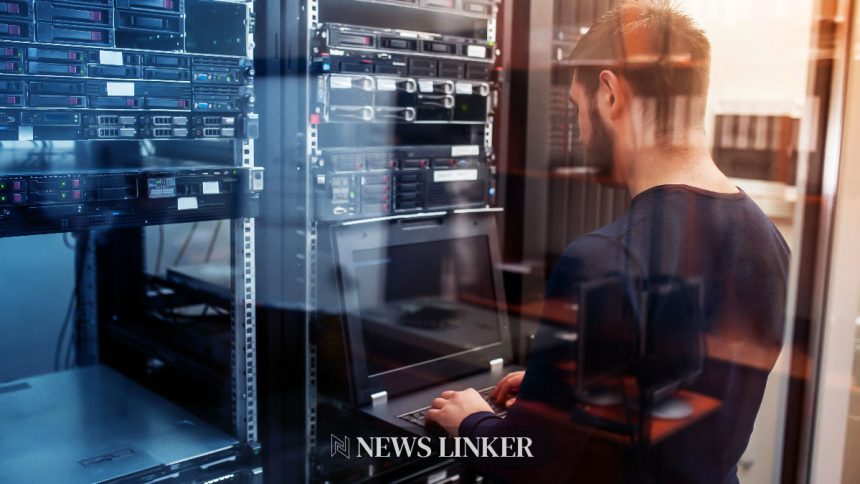Stablecoins such as Tether (USDT) and USD Coin (USDC) are moving billions of digital dollars across borders every day, providing critical liquidity for global commerce and financial markets. Their rapid adoption in emerging economies is largely driven by speed, reduced reliance on traditional banks, and a need for stable value amid volatile local currencies. Industry watchers note that, while stablecoins are often seen as digital offshoots of the US dollar, many users do not fully consider the underlying systems supporting them. As digital dollars become a staple for businesses and individuals across continents, questions about their resilience, transparency, and systemic risks are growing. Such concerns are not limited to short-term volatility but reflect deeper challenges of infrastructure and regulatory oversight that have yet to be fully addressed.
When first covered in earlier reports, stablecoin regulation and oversight were described as nascent and fragmented, with USDT’s dominance raising ongoing questions regarding reserve transparency. At that time, algorithmic stablecoins like Terra were viewed as experiments, and centralized asset-backed options such as USDC were trying to distinguish themselves through regular attestations. More recent developments, including the introduction of the GENIUS Act, have provided the first steps toward a regulatory standard in the US, expanding the dialogue around mandatory reserves and redemption guarantees. However, the industry’s rapid expansion—now projected to reach $1.6 trillion by 2030—has accelerated concerns that passive reliance on voluntary compliance is no longer sufficient.
Do Stablecoins Fill Critical Gaps in Fragile Banking Systems?
In markets where banking networks are fragmented or unreliable, stablecoins are now underpinning cross-border payments, settlement, and credit provision. Many users prefer these digital assets due to their accessibility and convenience, even as local digital currencies struggle to compete. The deployment of stablecoins in Asia, Africa, and Latin America demonstrates their ability to serve as both a dollar substitute and a practical tool for financial inclusion. However, this growing reliance on technology not supported by tested infrastructure introduces unaddressed risks, especially during economic turbulence or when redemption demands spike outside usual flows.
What Risks Lurk Beneath the Surface of Popular Digital Assets?
Unlike regulated bank deposits, most stablecoins currently in circulation lack government guarantees or central backstops. Even asset-backed examples highlight variations in reserve structure and disclosure quality. For instance, Tether, which still commands the largest market share, is preparing for US market entry under the GENIUS Act, but independent audits remain absent, prompting further scrutiny.
Tether’s management has stated, “We are focused on setting new standards for transparency and regulatory compliance.”
Meanwhile, USD Coin offers greater visibility through attestations, but its heavy reliance on short-term US Treasury debt leaves questions about stress resilience during periods of high redemptions or Treasury market volatility.
Can Regulation and Common Standards Secure Stablecoins’ Future?
The introduction of the GENIUS Act signals a turning point for industry regulation in the US, mandating federal licensing, detailed reserve requirements, and real-time redemption guarantees. These changes mark a pivot to a compliance-focused environment, yet meaningful challenges remain in the absence of standardized industry practices worldwide.
Circle commented, “Establishing clear, enforceable guidelines is essential for stablecoin market stability.”
Without unified approaches to custody, governance, and transparency, the risk persists that stablecoins may act more like private IOUs than as integral parts of the global financial structure.
Oversight authorities such as the Bank for International Settlements describe most stablecoins as still lacking essential monetary functions and operating under inconsistent standards. As usage continues to scale up, infrastructure must meet not only the demands of technical innovation but also the needs for public trust and systemic solidity. Both technology providers and regulatory agencies face the challenge of bridging gaps in auditability, redemption predictability, and crisis management. The prospect of $1 trillion in digital dollars moving within partially tested pipes underscores the urgency for dependable and enforceable frameworks.
Stablecoins have evolved from being tools for crypto enthusiasts to becoming core economic instruments in many markets, filling a void left by slow, fragmented financial systems. The underlying challenge remains building a resilient, transparent, and regulated infrastructure that matches the scale and speed of current adoption. Unlike purely experimental projects, the largest brands—Tether and USD Coin—are now under intense scrutiny, with lawmakers and global banks calling for enforceable industry standards. For users and institutions, this means monitoring not just speed and accessibility, but prioritizing the soundness of reserve management, public disclosure standards, and crisis protections. As regulatory and industry standards progress, users and stakeholders will need to remain attentive to evolving risks and safeguards in the still-developing market for digital dollars.










